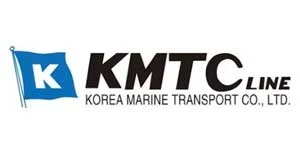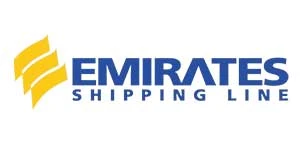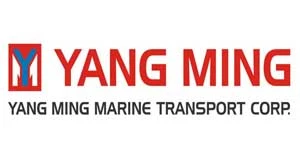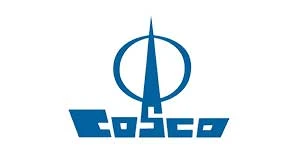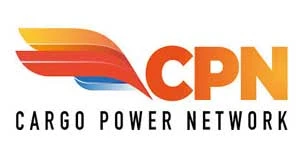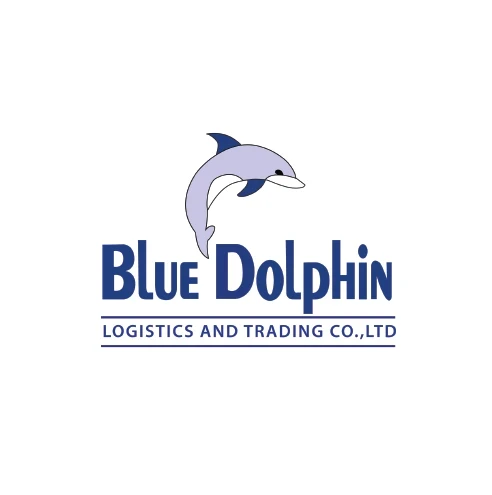-
Time: Monday - Friday 08:00 - 17:30, Saturday: 08:00 - 12:00
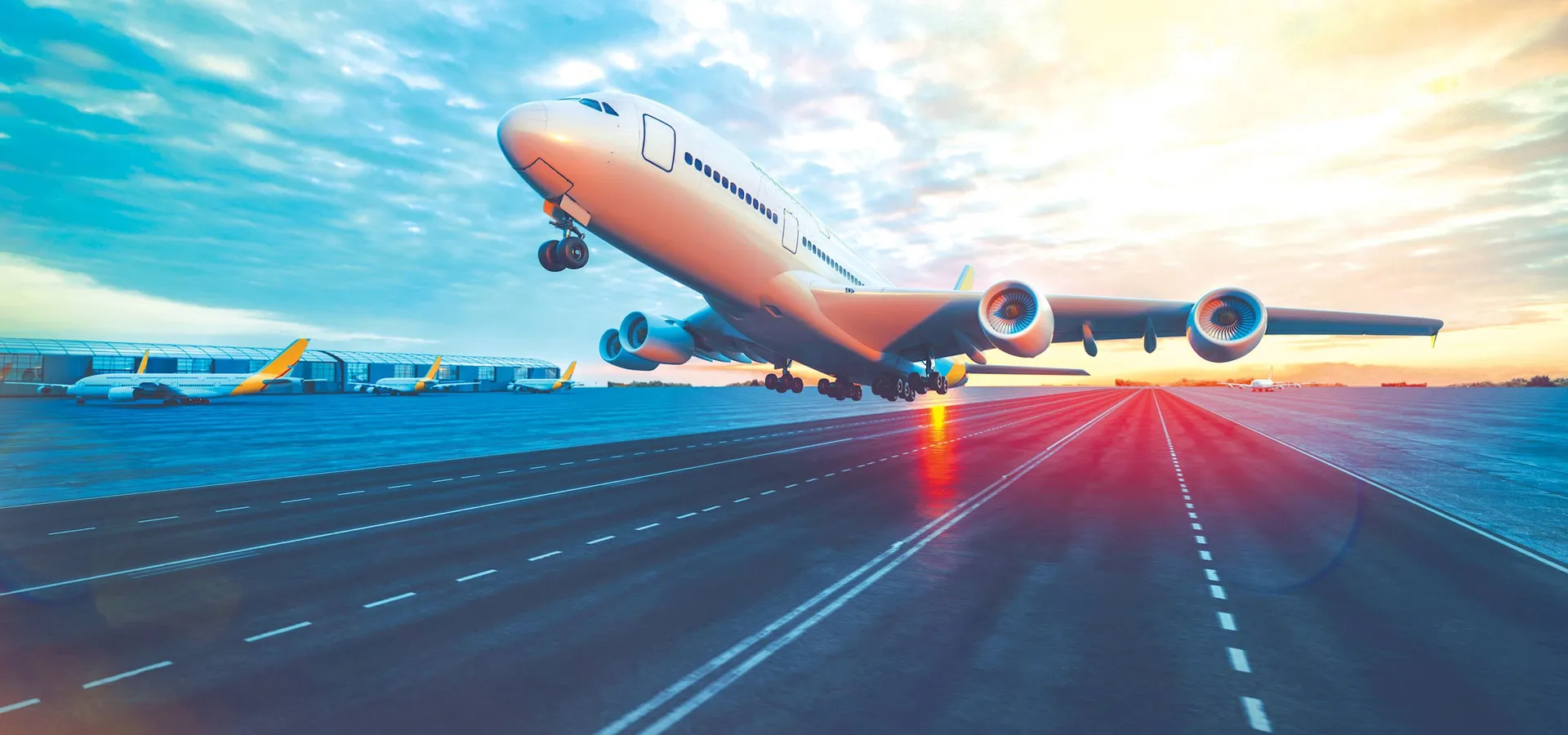
Blue Dolphin has built long-term relationships with most airlines for excellent cargo delivery to the world. Documentary requirements will no longer be an obstacle to your work thanks to our customs clearance service. We have professionalism and long-term experience in this field, with a team of professional staff to help you handle customs procedures, ensuring that goods are delivered according to requirements and expectations.
1. What is air freight?
Air transport is a form of transport using specialized aircraft to transport goods or carried in the belly of a civil aircraft. Up to now, goods transported by air account for a small proportion of the total weight of international goods transported (less than 0.5%), while accounting for about 30% in terms of value. According to statistics from aircraft manufacturer Boeing, in 2012, specialized cargo aircraft transported about 60% of air shipments worldwide and passenger aircraft accounted for the remaining 40%.
2. Advantages and disadvantages of air freight
In logistics, each mode of transport has its own advantages and disadvantages. With air freight, you will see clear differences compared to sea and road transport... The shipping time is the fastest and safest, but the shipping cost is also very high. Therefore, this method is often suitable for high-value goods that are sensitive to delivery time, such as:
- Air mail, express mail
- Perishable goods (food, fresh flowers, dry ice-packed goods)
- Pharmaceuticals
- Valuables such as gold, silver, diamonds
- Technical equipment (high-tech goods, spare parts for aircraft, ships, cars)
- Luxury consumer goods such as electronics, fashion...
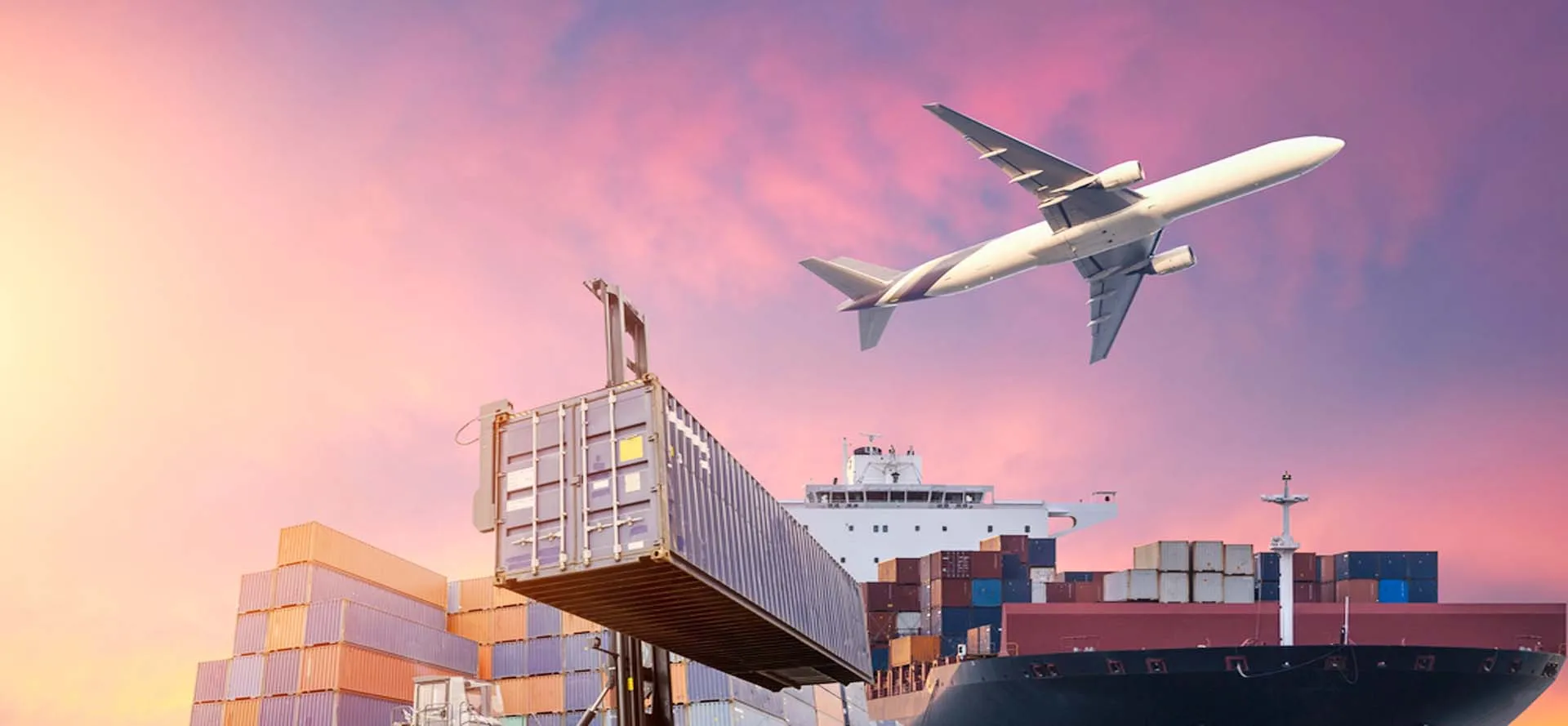
 2.1. Advantages of air transport
2.1. Advantages of air transport
The biggest advantage of air transport is high speed. Airplanes have the highest speed among current means of transport. On average, cargo or passenger planes have an average speed of about 800-1000km/h. This is very high compared to other popular methods such as ships (12-25 nautical miles/hour), trains (in Vietnam, only about 60-80km/h), or trucks (60-80km/h). In addition, air transport is safer than road, rail, and sea transport.
In addition, there are other outstanding advantages such as:
- Not hindered by terrain surfaces like roads or waterways. Therefore, it can connect almost all countries in the world
- Fast and punctual service, thanks to the very fast flight speed and the characteristics of the goods, which are often valuable or perishable
- Minimize losses arising from handling, breakage, or theft
- Lower transportation insurance premiums due to less risk than other methods
- Low storage fees due to the characteristics of the goods and the speed of processing procedures…
2.2. Disadvantages of air transport
- High freight rates, calculated per kilogram
- Less diverse categories, less suitable for transporting low-value goods
- Smaller shipping volume compared to other forms. Not suitable for transporting bulky goods, or goods with large volumes. Because the volume of goods will be limited by the size of the compartment, the size of the door, and the actual load of the aircraft. For such shipments, ships are often a feasible solution.
- Requires stricter standards. Related to regulations and laws, to ensure security and flight safety. Many types of high-risk goods (such as flammable, explosive ...) will not be accepted for transport. For example, when traveling during the process of checking passengers and goods by scanner. You also feel how strict the regulations are in the field of air transport.
- Affected by weather: flights may be delayed due to bad weather conditions such as fog, thunderstorms, etc.
3. How to calculate "chargeable weight" in air freight
The cost per kilogram of goods will depend on the type of goods, time requirements, type of transportation by sea or air, specific destination... then the freight rate will be adjusted appropriately to best benefit the customer.
Please call us for advice and the best quote for customers on provisions, accounting for insurance costs for import and export goods, goods for sale, purchase, capital contribution, hand-carried goods in accordance with aviation and maritime regulations.
How to calculate freight rates for international shipping by sea based on cubic meters of the package:
(Length x Width x Height) = Number of cubic meters (m3). Calculate the price per cubic meter.
How to calculate international shipping costs by air based on weight includes 2 parts:
K1 = (Length x Width x Height) / 5000; The unit of measurement is cubic centimeters, then divided by 5000 will give the weight value K1 (some companies divide by 5000).
- K2 is the actual weight of the package when weighed.
- Compare K1 and K2, if the value is larger, then calculate the price according to that number.
Shipping by sea will be cheaper than air freight when you have heavy, bulky goods. That is, a package of 251kg or 1.5cmb or more, sending by sea will save a lot more money than by air. Another factor to consider is the time to receive the goods from abroad, if it is urgent and needs to be received soon, then shipping by plane is required. Because, the time it takes for the goods to arrive will be quite long (approximately 1 month) if sent by sea to the US, Canada, Australia, ...
4. Regulations on air freight transport
According to the provisions of the Law on Civil Aviation of Vietnam 2006 and guiding documents, air freight transport business in particular and air freight transport business in general are conditional business lines and are carried out by air freight enterprises (also known as airlines). Accordingly, the entities permitted to conduct air freight transport business must be airlines, including Vietnamese airlines and foreign airlines.
General conditions for being granted a license to conduct air freight transport business:
- Having a Business Registration Certificate with the main business line being air freight;
- Having a plan to ensure that there are aircraft in operation;
- Having an organizational structure and employees with appropriate licenses and certificates to ensure aircraft operation and air freight business;
- Meeting the capital requirements as prescribed by the Government;
- Have a business plan and strategy for developing air transport products in accordance with market demand and planning and orientation for the development of the aviation industry;
- Have a head office and main business location in Vietnam
In addition to the general conditions, Vietnamese law also has regulations on specific conditions for each airline:
4.1. Vietnam Airlines
Capital requirements: air transport is a service industry that requires large investments in machinery and equipment, not only means of transport, ground equipment is also quite expensive.
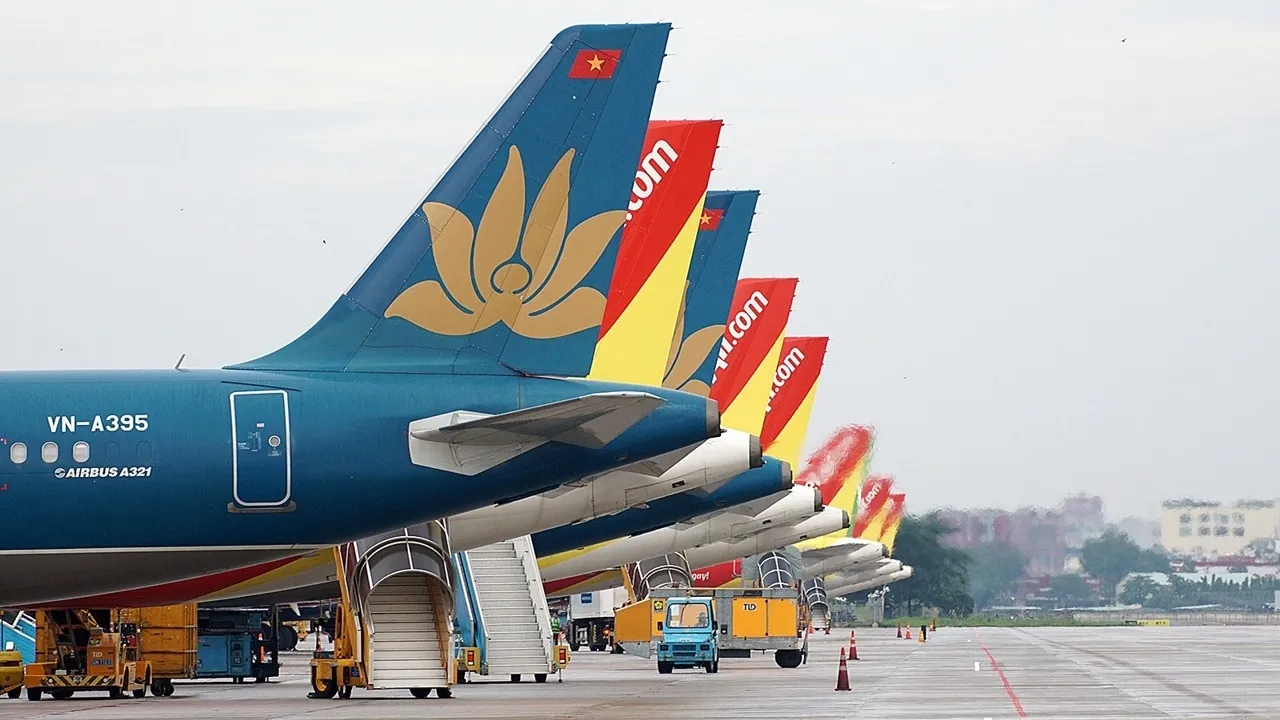

According to current law, to be granted a license to operate air transport, investors - airlines when operating air transport using 1 to 10 aircraft and exploiting the domestic air transport market must have a charter capital of at least 200 billion VND and 500 billion VND for exploiting the international air transport market. If using more than 10 aircraft, airlines must meet a larger amount of legal capital according to the provisions of Decree 75/2007/ND-CP.
4.2. Foreign airlines
According to Vietnamese law, the right to operate domestic air transport is reserved for Vietnamese airlines. International airlines are only allowed to operate domestic air transport for the purpose of preventing and overcoming natural disasters and epidemics and providing urgent humanitarian aid, subject to approval by the Ministry of Transport. This is a fairly common regulation that countries often apply, typically the US.
In addition to the legal capital requirements as stipulated in Decree 75/2007/ND-CP, foreign airlines when established in Vietnam must also comply with the capital contribution ratio: foreign parties must not account for more than 49% of the charter capital for airlines, or 49% of the charter capital for general aviation businesses; a foreign individual or legal entity must not account for more than 30% of the charter capital. The legal representative of the airline must be a Vietnamese citizen and no more than one-third of the total number of members in the executive apparatus must be foreigners.
If you have any questions, please contact the hotline number directly or visit Blue Dolphin's official website. Your satisfaction is our success!
BLUE DOLPHIN LOGISTICS AND TRADING COMPANY LIMITED
- Head office: G01 Nguyen Dinh Chieu Department, Le Tu Tai Str, Ward 4, Phu Nhuan Dist, HCMC, Vietnam
- Tax code: 0312675985
- Main brand office: Tower 1A - 0509 Masteri Thao Dien, 159 Vo Nguyen Giap, Thao Dien Ward, Thu Duc City, HCM City
- Office tel: +84 28 2253 4788
- Hotline: +84932005608
- Email: tuyettran@bluedolphin.vn
- Website: www.bluedolphin.vn










